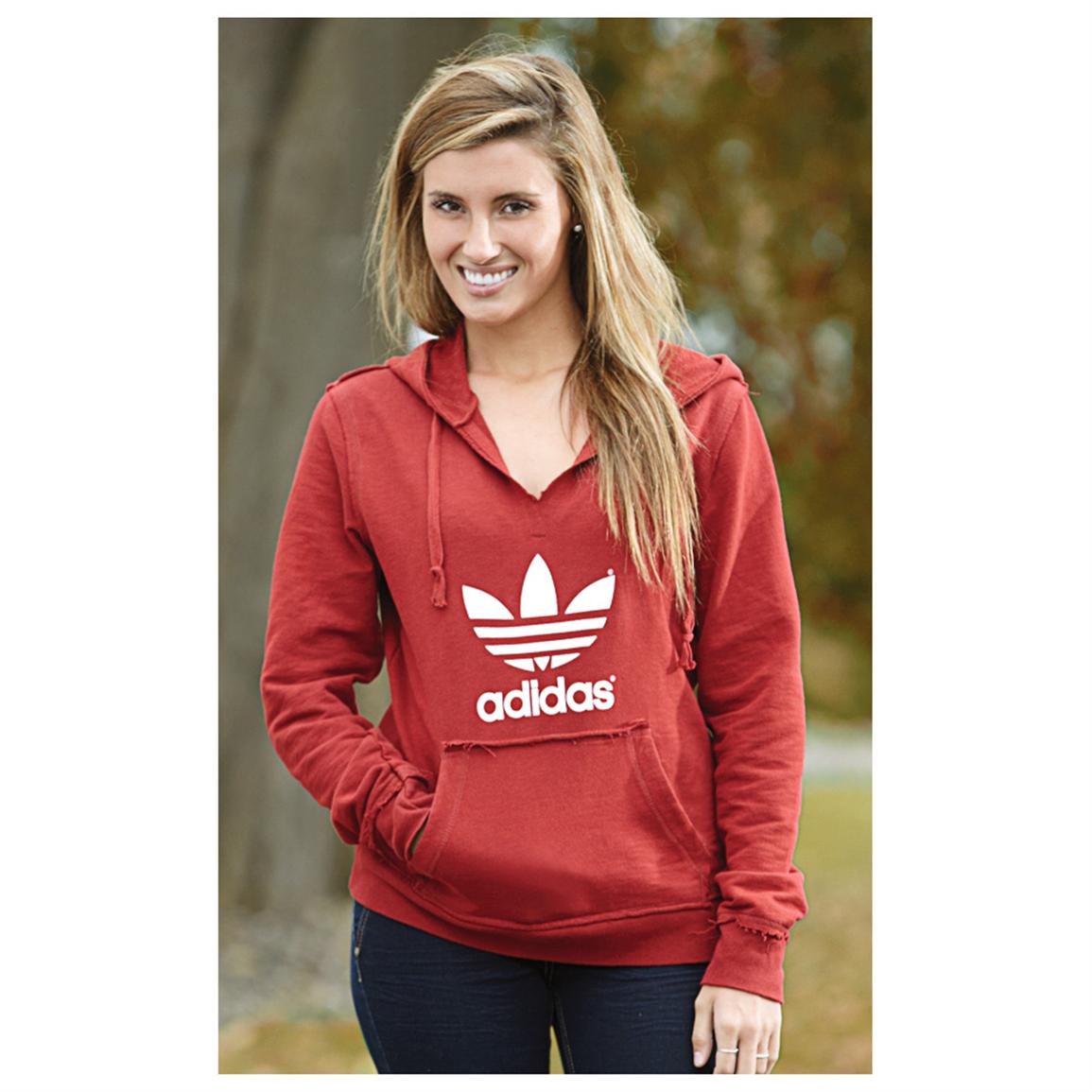Sweatshirts are long-sleeved, pullover shirts that are typically made of thick cotton cloth. They are generally worn casually and aren't as formal as sweaters or cardigans. They might not come with the Hood. If you're interested in purchasing a sweatshirt, here are some tips:
Norma Kamali spread the appeal of sweatshirts
Since the late '70s the Norma Kamali brand has been transforming the simple sweatshirt into a work of art. Her designs are now a staple in almost every woman's closet. Her distinct designs vary from a tummy-tucking crew neck , to leather paneled sweatshirts. She has also created clothing with unusual shapes, such as an oversized tank top that has a long trumpet skirt.
A collaboration between the designer and the sweatshirt maker Everlast resulted in her Timeless line, which became a huge hit when it appeared in the Spiegel spring 2006 catalog. The collection offered knits that could be interchangeable or convertible in classic shapes, and many items were priced below $20. Even even if Norma Kamali's Timeless collection wasn't sold in stores, fans were able to find the items through eBay and Poshmark.
Merino wool sweatshirt s are more comfortable than sweatshirts made of soft wool.
Merino wool is renowned for its moisture-wicking properties, which helps to keep you dry and comfortable. It is a natural fibre that also has a smoother feel. The fabric is also quick to dry in comparison to other natural materials. Furthermore, merino is a renewable resource. Merino sheep shed their coats every year and regrow new ones.
Merino's weight-to-heat ratio is high, and the warmth of wool is what makes it a popular choice for sweatshirt s. It assists in regulating body temperature due to its natural loft, which retains heat in the fibers. This is the reason Merino wool sweater s are ideal for summer and outdoor activities like mountain biking, hiking and running. The warmth they provide keeps the wearer well-hydrated and cool, something that is crucial when working out.
Zip-front hoodies have kangaroo pocket
Kangaroo pocket hoodies are a popular style of hoodie. These hoodies feature a huge pocket on the front, which helps keep your hands warm on chilly days. They are additionally more practical than conventional pockets as they allow your hands to slide into and out easily.
The pockets of Kangaroos are typically big enough to hold an entire wallet, as well as other small personal items. They are commonly long enough to fit one hand in a smaller size, and can even be large enough to accommodate two hands. They are wide on either side , and are ideal for carrying small objects.
French terry fabric is a popular fabric for sweatshirts
The French terry fabric is made of soft yarns that are knit into loops and are usually midweight. It is also known because of its capacity to absorb moisture and is already pre-shrunk. French Terry is an excellent choice for sweatshirts because it keeps you warm when you're in need and helps keep you cool when you're trying to cool off.
French terry is also popular for casual wear, as it is stretchy and has enough flexibility to feel good against your skin. It also allows enough air to circulate throughout the fabric, which makes it ideal for layering under other clothes. Furthermore, since it's lighter than most sweatshirts that you can wear throughout the year without feeling warm or cold.
Hoodies are classy and have a connotation of class.
While it could appear that hoodies are simply clothes that are appropriate for people of the working class however, in reality they are a symbol of class. Hoodies first became used in the early 1970s in New York, where graffiti artists wore them to hide their identities. In 1976, hoodies made their major appearance in the film "Rocky," when the character from the working class wore hooded gray sweats on his famous climb up the Philadelphia Museum of Art.

Hoodies are usually associated with death, destruction, and other undesirable items, yet they also serve practical purposes. For example, monks and priests can wear hoods to demonstrate the proper manner of dress and to focus on their inner self.
